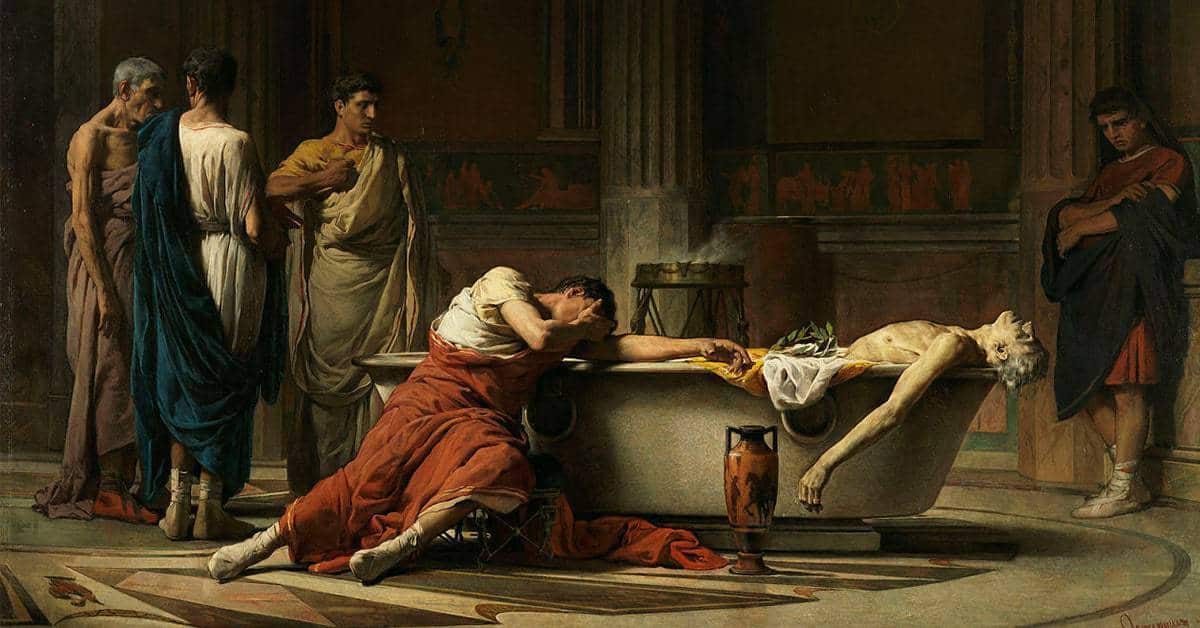The Pisonian Conspiracy is named after a leading Roman statesman and orator named Gaius Calpurnius Piso, and it was a plan to kill Emperor Nero. Although he was involved in the plot, Piso was not the originator. It took place in 65 AD and is a turning point in Roman history. Nero had been Emperor since 54 AD, and the ruling class had grown weary of his tyrannical reign. Although the conspiracy was a failure, it sowed the seeds for the downfall of Nero, his suicide and the ensuing chaos of the Year of Four Emperors.

Reasons for the Plot
Tacitus is the main primary source for the Pisonian Conspiracy, and even he admits that he is unable to identify the men who formed the plot positively. He does mention several names including Subrius Flavus, Annaeus Lucanus, and Afrianius Quintianus, who is described as a ‘degenerate’ by Tacitus. Other men such as Silius Nerva, along with other senators and soldiers, threw their weight behind the plot out of respect for Gaius Piso. There were an estimated 41 conspirators in total, and Piso was the figurehead because he commanded the respect of everyone.
The fact that senators, soldiers, and equestrians were willing to work together outlines the widespread hatred of Nero. It seems as if only Piso and perhaps Plautius Lateranus was driven to participate for the love of Rome. Others plotters, such as Flavius Scaevinus and Lucanus became involved for personal revenge while some of the men wanted to be rid of emperors altogether and yearned for a return to the days of the Roman Republic. Apparently, Lucanus joined because Nero insulted his poetry and refused to allow it to be published.
The plan was to assassinate Nero and replace him with Piso who would take the throne with the backing of the Praetorian Guard. Eventually, a few dozen conspirators joined forces but were unable to agree on how to complete the mission. According to Tacitus, Flavus wanted to attack the emperor while he was singing on stage. An alternative plan was to set fire to the palace and kill Nero as he ran from his home unguarded.
A Near Miss
The conspiracy was almost uncovered at the very beginning due to the actions of a woman named Epicharis. While the plotters attempted to launch a risk-free attack, she grew impatient and met with a captain of a fleet of ships in Campania named Volusius Proculus. The captain complained that Nero overlooked him and his men and Epicharis told him of the plot without offering names. Not only did Proculus refuse to join, he reported his findings to Nero but without the names of the conspirators; the method of the plot’s execution or even the timing, the information was worthless to the Emperor.
Upon hearing the news, the conspirators knew they had to act fast. Several other ideas were floated. One involved killing Nero at the games in Baiae, but it was ultimately rejected. Finally, the plotters agreed to kill the emperor while he was in Rome at the games. The scene was set, but unfortunately for the conspirators, they never had the chance to carry out their plan.

